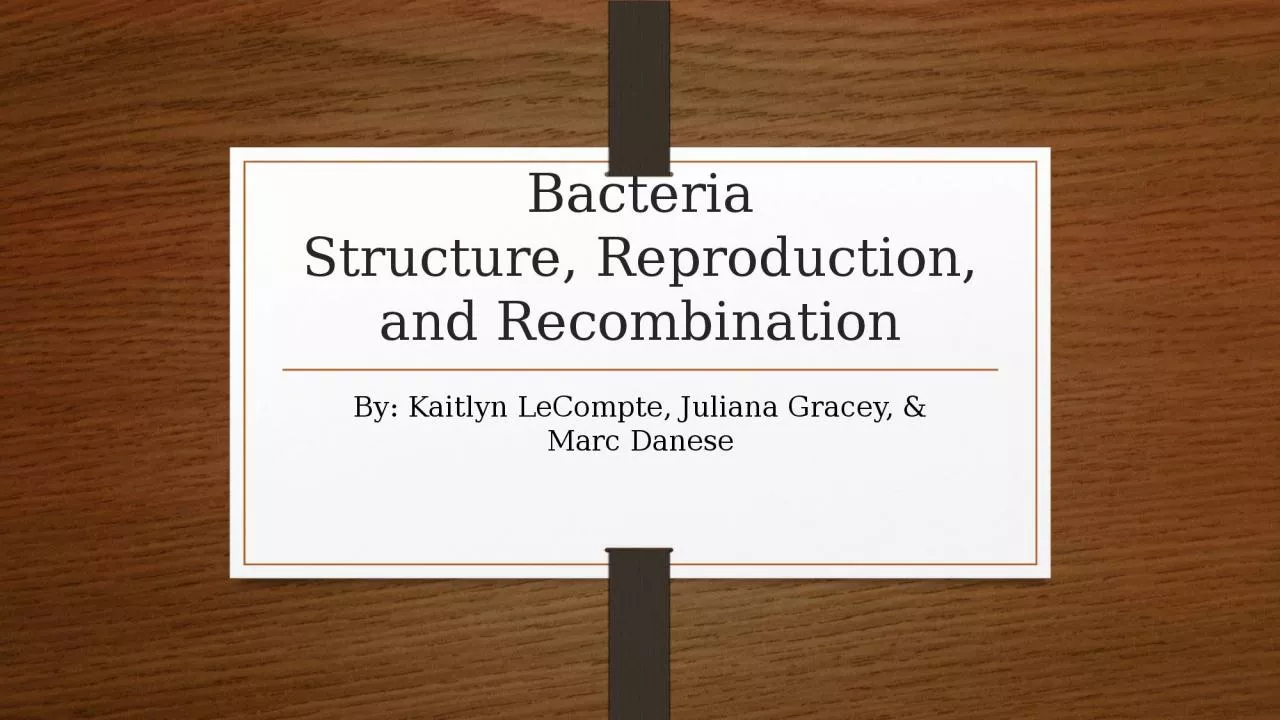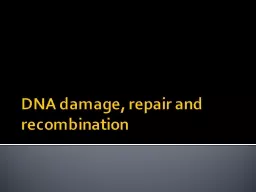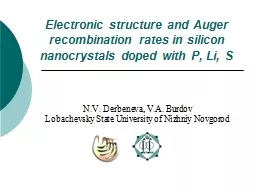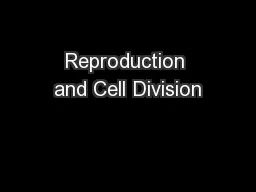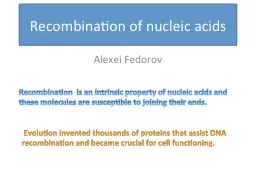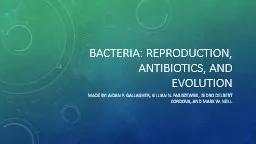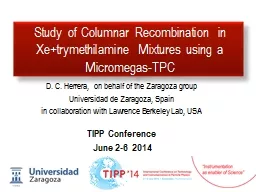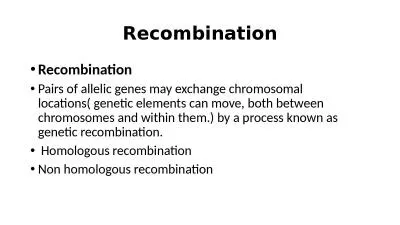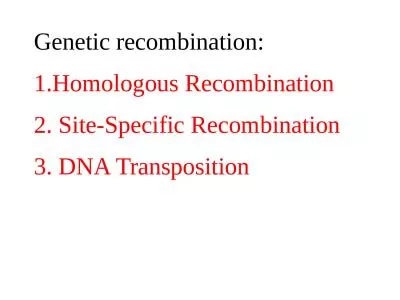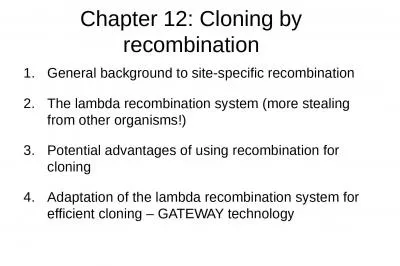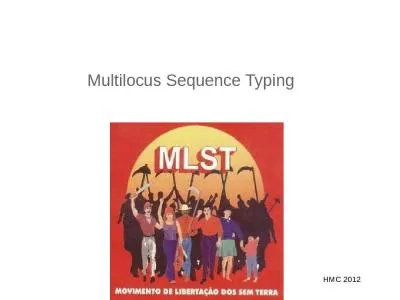PPT-Bacteria Structure, Reproduction, and Recombination
Author : isabella2 | Published Date : 2023-10-27
By Kaitlyn LeCompte Juliana Gracey amp Marc Danese Overview Phototrophs Chemotrophs Aerobes Anaerobes Binary Fission Steps of Binary Fission Genetic Recombination
Presentation Embed Code
Download Presentation
Download Presentation The PPT/PDF document "Bacteria Structure, Reproduction, and ..." is the property of its rightful owner. Permission is granted to download and print the materials on this website for personal, non-commercial use only, and to display it on your personal computer provided you do not modify the materials and that you retain all copyright notices contained in the materials. By downloading content from our website, you accept the terms of this agreement.
Bacteria Structure, Reproduction, and Recombination: Transcript
By Kaitlyn LeCompte Juliana Gracey amp Marc Danese Overview Phototrophs Chemotrophs Aerobes Anaerobes Binary Fission Steps of Binary Fission Genetic Recombination Bacterias Resistance to Drugs. Section 5.4. 1. Objectives. SWBAT compare and contrast binary fission and mitosis.. SWBAT describe how eukaryotes reproduce through mitosis.. 2. Vocabulary. Asexual reproduction. Budding. Fragmentation. MUTAGENESIS. DNA DAMAGE. DNA REPAIR. RECOMBINATION. MUTAGENESIS. Mutations. Mutations are heritable permanent changes in the base sequence of DNA.. Point mutations may be . transitions. (e.g. GC→AT) or . Summary of assumptions so far. We have covered the role of chance (parent choice), demography (population size) and mutation, in shaping genetic diversity. . Neutral Wright-Fisher . models. Parents are always chosen at random. This means no new mutations affect reproductive success of parents, i.e. . nanocrystals. doped with P, Li, S. N.V. . Derbeneva. , . V.A. . Burdov. Lobachevsky. State University of Nizhniy Novgorod. Published data . by other authors . on . radiative. recombination lifetimes. Modern cell theory. Keep in mind that:. All living things are made up of one . or . more cells.. The . cell . is . the basic unit of life.. All cells come from preexisting cells. Just as cells reproduce as part of the Cell Cycle, living organisms reproduce as part of the life cycle.. Alexei Fedorov. Recombination is an intrinsic property of nucleic acids and these molecules are susceptible to joining their ends. .. Evolution invented thousands of proteins that assist DNA recombination and became crucial for cell functioning. . Bacteria: Reproduction, Antibiotics, and Evolution Made By: Aidan P. Gallagher, Killian N. Fabiszewski, Isidro Delbert Cordova, and Mark W. Neill Overview Aidan Binary Fission Endospore Endospore importance Xe+trymethilamine. Mixtures using a . Micromegas. -TPC. D. C. Herrera, on behalf of the Zaragoza group. Universidad de Zaragoza, Spain . in . c. ollaboration with Lawrence Berkeley Lab, USA. TIPP Conference. Prof Ken . Durose. , . University of Liverpool. Outline – semiconductors and recombination. 1. Band gap representations. 2. Types of semiconductors. -Adamantine semiconductors (Hume -. Rothery. 8-N co-ordination rule. Depending on the growth requirements of the bacteria and the information that the scientist hopes to gain, various types of growth media are available for culturing bacteria. Culturing means cultivating bacteria in a microbiology laboratory . Pairs of allelic genes may exchange chromosomal locations( genetic elements can move, both between chromosomes and within them.) by a process known as genetic recombination.. Homologous recombination . R. ecombination. 2. . Site-Specific . R. ecombination. 3. DNA . Transposition. Homologous Recombination at the Molecular Level. DNA BREAKS ARE COMMON AND INITIATE RECOMBINATION. Recombination repair DNA breaks by retrieving sequence information from undamaged DNA. General background to site-specific recombination . The lambda recombination system (more stealing from other organisms!). Potential advantages of using recombination for cloning. Adaptation of the lambda recombination system for efficient cloning – GATEWAY technology. HMC 2012. what is MLST?. powerful population genetics technique . DNA sequences . of . internal fragments of . multiple. genes. . identifies allelic variants . to . characteri. ze. , subtyp. e. . and .
Download Document
Here is the link to download the presentation.
"Bacteria Structure, Reproduction, and Recombination"The content belongs to its owner. You may download and print it for personal use, without modification, and keep all copyright notices. By downloading, you agree to these terms.
Related Documents

